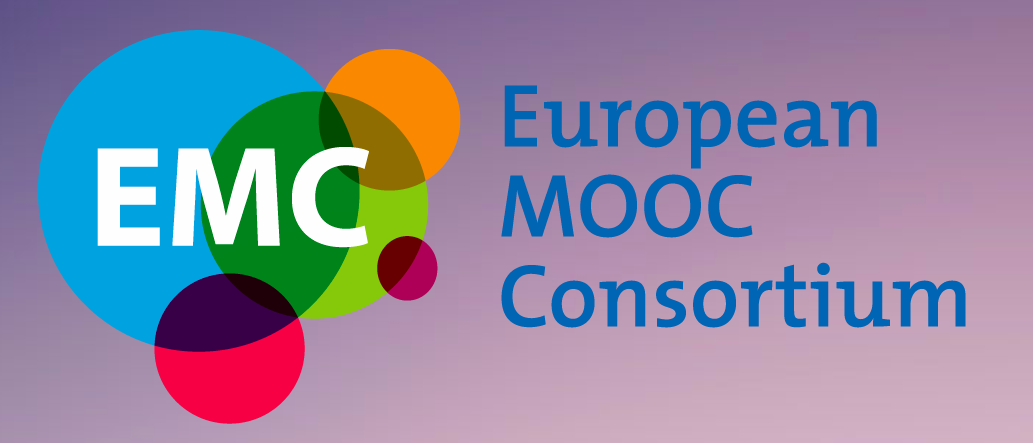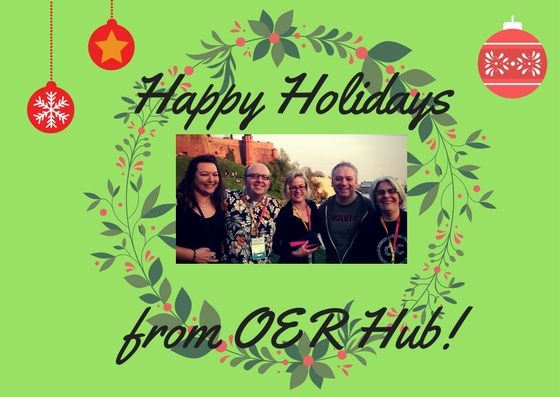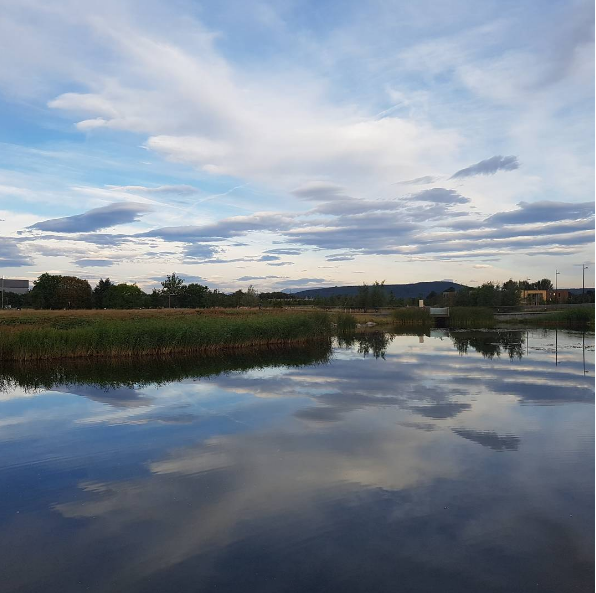How do we define “openness” and what does “open” mean? Moreover, does it really matter if we cannot reach consensus on what “open” means? From David Wiley’s blog back in 2009 (“Open” is a continuous, not binary, construct. A door can be wide open, completely shut, or open part way … Our commonsense, every day experience teaches us that “open” is continuous.”) to the 50+ participants who are currently examining this very question in Peer2Peer University’s (P2PU) School of Open course Why Open? it is (almost) stating the obvious to say that the question of what is “open” is has mileage left in it yet.
Co-facilitator of this offering in the School of Open roster, Christina Hendricks, has a couple of great recent posts on her You’re the Teacher blog which are definitely worth checking out. Open and Free takes a look at some of the nuances of the language of “openness” (for example, “free” can have multiple meanings, including “gratis” or “libre”) and their implications. The previous post Results of Survey on Meaning of “Open” takes a closer look at the results of a survey asking students on the course what they thought “open” means.
So what does “open” mean within the context of the OER Research Hub project? Don’t we need at least a general idea of what “openness” or “open” is before we can carry out any research about it? Certain hypotheses emphasise the need for at least tentative answers to this question. For example, one of our two key research hypotheses is: “The Open aspect of OER creates different usage and adoption patterns than other online resources.” What do we mean by “open” here? Moreover what is it that makes Open Educational Resources (OER) distinctive in comparison to other online educational resources? And do educators and learners use non-open educational resources differently to OER when they are learning and teaching? Or does it make no difference at all?
To date, the project’s been taking a multi-faceted approach: exploring “open” in theory and in practice. We’ve been asking people we’ve met at events and spoken to in interviews what “open” means to them and what practices they associate with “openness.” Perhaps unsurprisingly, and reflective of the wider conversation about “open”, our research to date shows that whilst openness is crucial to many projects/ organisations (for example Phonar and NOVA) there is a considerable variation in how different stakeholders define this term. Last week I spent some time working on the first video output for the project which comprises of a range of different people at the Connexions conference in April talking about this very question. We’ll be releasing this video very soon. We’ve talked to people at OER13 at the University of Nottingham about what has been described as “the spirit of open” by Leigh-Anne and Patrick. Asking others to think about “open” has even made it into some of our surveys and, given that most of these target specific stakeholder groups, should generate large amounts of interesting, comparative data.
Second, what behaviours or activities might indicate openness in practice and what do people think about what are generally perceived to be “open” practices (e.g. licensing)? Of particular note in our findings to date is that there appears to be a gap between educator attitudes toward openness and their actual practice. In the instance of open licensing, for example, a survey of Flipped Learning Network educators showed that 49.5% of K12 teachers said they were familiar with the Creative Commons (CC) logo (n=107). 73% of respondents also reported that open licensing is important or very important to when using free online resources in their teaching (n=107). However, only 44% of teachers publish the resources they create publicly online, and only 4% under a CC license (n=128).
In contrast, to date, the Open University’s OpenLearn platform survey results revealed that CC licensing is a consideration for just a small minority of users: Only 14% (n=106) of OpenLearn users completing the survey indicated that CC licensing was an important consideration when selecting resources and 14% (n=106) that it was important for a resource to have an open license allowing adaptation.
Evidence of whether developing an understanding of “openness” impacts on practice will be investigated as part of the work with School of Open. Although we are not currently surveying the Why Open? course, we have just closed the pre-questionnaire for four other facilitated courses which began in early August 2013 (Creative Commons for K12 Educators, Writing Wikipedia Articles, and Copyright for Educators (both the US and Australian versions)). Watch this space for the results of the pre- and post-questionnaires, along with more on the research noted above. Of particular importance to us at the moment is working on finding a comparator sample which represents a range of other non-open online educational resources thus enabling us to better assess whether OER are used differently than other resources.
[Reblogged from: http://methylatedorange.wordpress.com/2013/08/28/eyes-wide-shut/]







[…] Eyes Wide Shut: Measuring the Impact of Open (oerresearchhub.org) […]
[…] about OER impact on student satisfaction and performance here, and on the meaning of openness here, so let me just refer briefly to our OERchery game. It had already gone very well at OER13, however […]